Review: Samsung Galaxy S6 Edge for AT&T
May 29, 2015, 2:00 PM by Eric M. Zeman
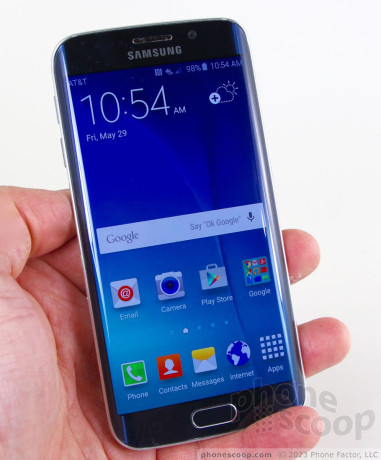
The Samsung Galaxy S6 Edge is one of the more interesting smartphones to reach the market this year. It offers excellent build quality, an impressive feature set, and unique curved glass. Here is Phone Scoop's look at the AT&T version of this Android device.
Is It Your Type
The Edge is the more interesting of Samsung's new Galaxy S6 handsets. The phone's display is curved on both sides in a bid to give it an extra bit of appeal over the standard GS6. If you're the type who wants a flagship smartphone and relishes the idea of testing something a little different without taking too much of a risk, the GS6 Edge is here to tempt you with its luscious curves.
Note: Since the Galaxy S6 and S6 Edge are very similar — as are the Sprint, Verizon, and AT&T versions of each — portions of this review have been carried over from our other reviews of the S6 and S6 Edge.
Body
The Galaxy S6 Edge is probably the most ambitious smartphone ever from Samsung. Sure the Galaxy Note kicked off phablets in 2010, and the Note Edge was the first to have a functional, curved screen, but the S6 Edge is the first to bring together quality materials, top-notch construction, and specs galore in a phone fit for regular people.
While the S6 Edge and its sibling, the S6, are clearly cut from the same cloth as previous generations of Galaxy S smartphones, they take a dramatic new step forward thanks to the metal and glass design. The Edge trades the cheap-feeling plastic of its predecessors for gorgeous glass that hugs an aluminum frame. The front and back panels are both made from Gorilla Glass 4, but the front has been curved through a process Samsung calls 3D thermal-forming. Essentially, Samsung heated the glass to over 800 degrees and wrapped the glass around a rod to achieve the curved shape. I think it looks great.
The glass panels are fitted tightly to the metal band that forms the outer edges of the phone. The band is thin along the sides to accommodate the curved glass, and thickens at the top and bottom to provide strength and rigidity. Samsung polished the edges of the metallic band to give them some extra sparkle. Matching accents can be found on the home button, earpiece grill, and camera module. The quality is top-notch. Samsung clearly took great care in designing and assembling the S6 Edge. It absolutely goes toe-to-toe with Apple's iPhone and HTC's One in terms of fit and finish.
You might be fooled into thinking a phone with a curved screen would be smooth when held. It's not. The frame has a distinct and rather sharp edge (ahem) where it meets the curves of the display. These edges are readily felt when you grip the phone, and they cut into your skin a bit. The standard S6 is somewhat more comfortable to hold thanks to the thicker metal frame. The Edge is thin, however, and relatively light. It doesn't sit deep in your palm, but it's not so wide as to make it unwieldy. Thanks to the smooth — nay, slippery — glass surfaces, the Edge will glide into any pocket or pouch like an eel through water.
From afar, I really appreciate the way light catches the curved edges of the phone. The front face is all glass, save for the physical home button placed below the display. The home button doubles as a fingerprint reader. As per usual, Samsung bestowed the Edge with two capacitive keys (back, multitask) on either side of the home button for help in navigating the user interface. All three buttons work perfectly. The home button has an excellent profile and wonderful travel and feedback. On the obsidian black model, which we're testing, the user-facing camera module and sensor array are nearly invisible. These are more obvious on the white model. They are separated by the chrome-accented earpiece. There's a hidden notification light for good measure.
Slim the side edges may be, but that's where you'll find the volume buttons on the left. They are two separate keys, rather than a single toggle. Their profiles, travel, and feedback are excellent. You can apply these same descriptors to the screen lock button, on the right side. I do wish the device had a dedicated camera button. Alas, it doesn't. The bottom edge holds the stereo headphone jack, the micro USB port, and the grill for the speakerphone. I will say I'm rather surprised Samsung didn't make the jump to the USB Type-C connector, which is reversible and faster for data transfers. The top edge of the phone holds the tray for the SIM card and the IR port for interacting with home theater equipment.
The back panel is perfectly flat and smooth glass, save for the camera module, which protrudes noticeably. Samsung placed the flash and heart rate sensor in a separate module to the right of the camera, but they are flush with the surface.
Perhaps the biggest departure for Samsung with respect to the design is the rear panel, which cannot be removed. For years Samsung has teased rivals for their sealed designs and pointed to its own swappable batteries as a benefit. Samsung can no longer make such claims. The Edge is sealed up tight, which means no swapping batteries. It can, however, work with most wireless charging pads thanks to support for multiple wireless charging standards. What's more, it includes rapid charging. These will offset the battery's inaccessible state for some. Further, the Edge doesn't include a memory card tray, though Samsung sells it in 32GB, 64GB, and 128GB variants.
Using two glass panels has practical limitations. Anyone who dropped and broke an iPhone 4 or iPhone 4s can tell you what a pain in the rear it is to deal with replacing so much broken glass. Samsung is taking a bit of a risk with the double glass design, but Gorilla Glass 4 is supposed to be pretty tough stuff. Consider yourself warned.
Samsung did about as well as it could have in designing and manufacturing the Galaxy S6 Edge. No phone is without compromises, and the Edge certainly has a few, but overall it's an excellent piece of hardware that should please most people.
(It's a shame that U.S. carriers are not initially offering the blue and green colors, which I thought looked spectacular. The white and black models are a bit dull, and the gold is too... well, not for me.)
Comments
No messages


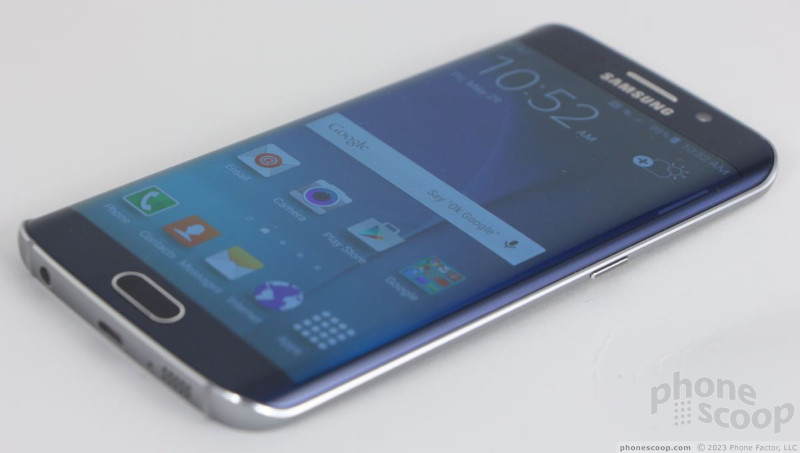
















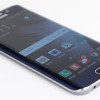 Review: Samsung Galaxy S6 Edge for Verizon Wireless
Review: Samsung Galaxy S6 Edge for Verizon Wireless
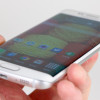 Review: Samsung Galaxy S6 Edge for Sprint
Review: Samsung Galaxy S6 Edge for Sprint
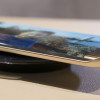 Hands-On: Samsung Galaxy S6 and Galaxy S6 Edge
Hands-On: Samsung Galaxy S6 and Galaxy S6 Edge
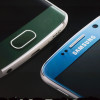 Liveblog of Samsung's Galaxy S6 Launch
Liveblog of Samsung's Galaxy S6 Launch
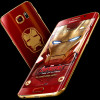 Samsung Debuts Iron Man Edition of Galaxy S6 Edge
Samsung Debuts Iron Man Edition of Galaxy S6 Edge
 Samsung Galaxy S6 edge (GSM)
Samsung Galaxy S6 edge (GSM)










